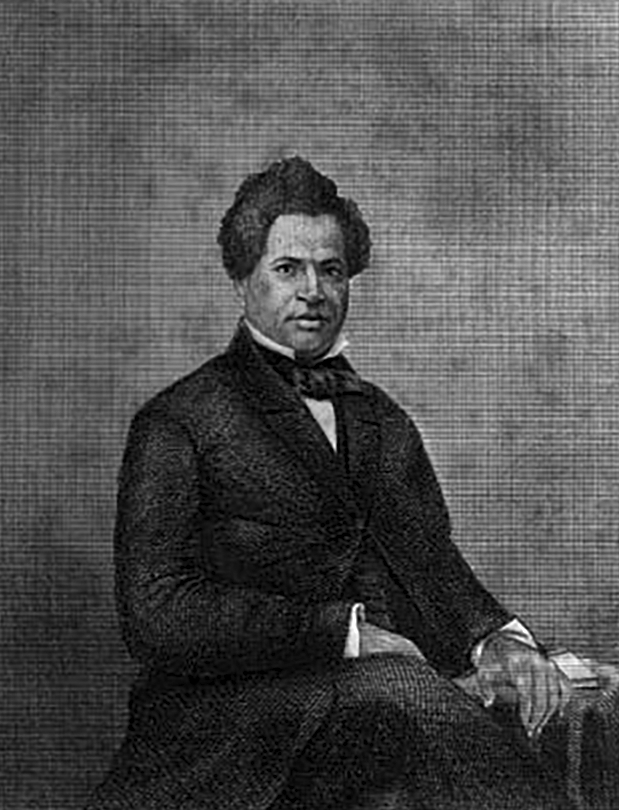
Jermain Wesley Loguen was born into slavery on February 5, 1813, in Tennessee. His mother was owned by Loguen’s father and master. In 1834, Loguen escaped from bondage and fled to St. Catherine’s, Ontario, where he stayed there briefly before finding his way to Rochester, New York. There, he enrolled in Beriah Green’s Oneida Institute in 1837. By 1840, Loguen, who was an African Methodist Episcopal Zion (AMEZ) minister, had married and moved to Syracuse to lead a church. Loguen stayed only briefly in Syracuse. Afterwards, he spent three of the next few years at Bath, Maine and another two in Ithaca, New York serving as an AME Zion minister
Loguen was also an active school teacher and a “conductor” in the Underground Railroad. Settling permanently in Syracuse, Loguen built apartments on his property to serve as hiding posts and lodging for freedom seekers or runaway slaves. Many historians agree that Loguen’s own home was a widely known station on the Underground Railroad, and his basement was fitted with bunks and other equipment for fugitive slaves.
In 1869, Loguen’s daughter, Amelia, married Lewis Douglass, the son of orator, author and abolitionist Frederick Douglass. Another daughter, Marinda S. Loguen, later known as Sarah Loguen, graduated from the Syracuse University College of Medicine in 1876, becoming one of the first African American women in the country to practice medicine.
In his lifetime, Jermain Loguen was a school teacher, an AME Zion minister, a bishop, an abolitionist lecturer, and chief agent for the Underground Railroad in Syracuse. Bishop Jermain Wesley Loguen died in Syracuse in 1872.


